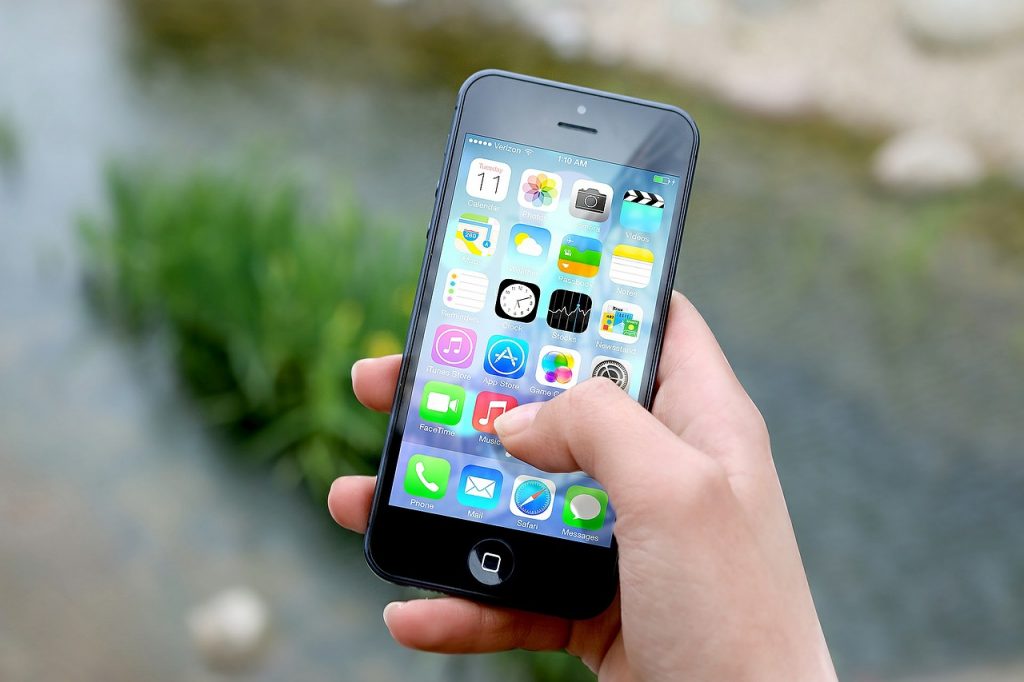For most children, there are few events in their young lives that are more exciting than getting their first smartphone. It’s a big step, loaded with undertones of responsibility and maturity.
It’s very important for parents to choose the right time and the right device to help enable the kids to live up to all of the hype. Parents want devices that allow some control features, provide the essential functions, and are durable enough to stand up to some careless handling. Children want freedom, flexibility, and access to the digital world. Finding the right balance is in everyone’s best interests.
Choosing the Right Time
The very first question that arises is “When is the right time to give my child a smartphone?.” This is probably the best place to begin.
Safety Needs
Some families choose to give children phones because of safety considerations. Children who may need rides home from events and practices sometimes need a way to contact parents to get where they need to go.
Some children are home alone after school or at other times, and the household may not have a landline phone. It could be that the child needs access to a phone to report emergencies, get advice when alone, or check in with a parent or neighbor to report their safe arrival.
Maturity and Responsibility
Once the safety question is addressed, parents often ask themselves if their child is ready for the responsibility of a smartphone. There are several aspects to consider.
Does your child keep track of belongings? Smartphones are pretty pricey investments, and you are not going to want to be replacing the phone every few weeks. For some insight into your child’s level of responsibility, try watching behaviors like taking needed things to school in the morning and bringing them home in the evening, knowing where belongings are around the house, putting items away when appropriate, and so forth.
Does your child take care of items appropriately? Watch to see if belongings are used correctly and safely, if household rules are being followed, and if items used outside are brought inside when appropriate, or if they are left out in the rain.
Can you rely on your child to follow household rules? You will likely want to set some limits on usage time, types of digital activities, downloading, incurring bills, and so forth. Your child is only ready for a smartphone when you are reasonably certain that he or she is not likely to try to circumvent your wishes in these and other related areas.
Choosing the Right Device
Once you’ve decided that it’s time for your child to jump into the smartphone world with both feet, the next decision is “Which device and service are right for my child?” There are lots of options available with various levels of “smartphone-ness.”
Types of Devices
Once the decision is made that your child should have a mobile device, it’s time to decide how much to spend and how much power to put into their hands.
The very young (under 8 years or so) may do best with a smartwatch rather than a smartphone – it’s harder to lose and can still manage limited communication and connectivity while offering at least a few games.
There are phones that are specially made for younger children, too. You may want to research these options, their capabilities, and their features.
Tweens (kids from 9 to 13) are likely to be ready for a real smartphone, but you may want to consider an older model or a previously owned device to cut costs. Be sure to check with your service provider to make certain that the device is compatible with your family’s plan.
When choosing an older device, make sure that its operating system is up to snuff for what you imagine your child will be using the phone for. There are apps that won’t work with older operating systems.
Teenagers are typically ready for the real deal, but you still may wish to look for a refurbished or slightly older model than the latest and greatest. Be prepared to invest a bit more, but you want a phone that will handle all the things your teenager wants and needs to do.
Types of Plans
There is another entire set of decisions to make around cell phone plans, as well. It’s possible to set up a smartphone to use only wifi and not access the cell phone network at all. This way, there is no sim card storing sensitive information, and no chance of running up huge bills by overusing cellular data.
Wi-fi only smartphones will only operate on wi-fi connections and cannot make or receive normal calls or texts. There are options, though, like using an internet-based messaging service, to communicate when needed.
Sometimes a line on the family plan is best. Many of the main carriers have tools to help you limit access to extra data, so you can minimize the chances of your child incurring fees accidentally just because of usage or gameplay.
There’s always the option of prepaid smartphones. These operate on a digital account similar to a prepaid credit card, and once the money is used up, it’s gone for the month (or until someone adds more cash to the account). This might be a good option to help parents keep control of how much children’s usage is costing.
Setting Up the Ground Rules

Before you present a smartphone to your child, it’s a very smart move to lay ground rules from the get go. It’s much easier to start out with a restrictive system and gradually add in more time, privileges, and freedoms than it is to backtrack and take these things away.
Consider setting clear expectations about when, where, and why the phone should be used. Is it for emergencies only? Is gaming allowed? Is texting permissible? Decide when your child can make calls, play games, or send texts. Decide if the phone can be in the child’s bedroom at night or if it stays in a special place on the table. Does the phone go to school?
You’ll also want to hash out the rules about downloading new apps, books, movies, and other digital content. Your child needs guidance about determining the true cost of games or other items. Many start out free but have costly in-app purchases that tempt children and sometimes are not even very well identified as costing real money.
Finally, make sure you have a set of consequences for breaking the rules outlined. Consider, at least at first, using a parental control app to keep your capability to easily check how, when and where the phone is being used.
Protect Kids with Monitoring Apps
There are many options for monitoring smartphones once your child has one. Here are a few options to explore.
Family Orbit
This free app offers some important features free of charge, like current location, speeding alerts, and a panic button. With the in-app purchase of a subscription, parents can unlock many more features. Read the full review.
Sfara Guardian Personal Safety
Here is another free app that you can try with your family to see if it meets your needs. Like most, the app is free to try in limited form and offers various paid subscription plans to unlock additional features. Some of Sfara’s plans actually include roadside assistance and several other non-smartphone related services that parents may find quite reassuring. Read the review here.

Leave a Reply